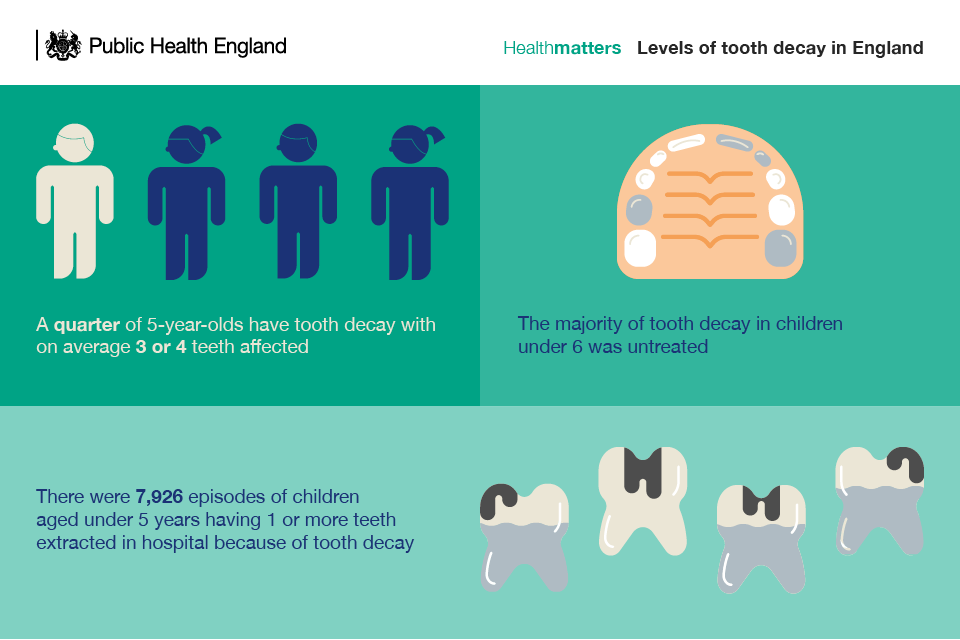Stay Planned For Unanticipated Oral Emergencies By Recognizing The Indicators Of Injury And Recognizing When It Is Necessary To Look For Urgent Healthcare
Stay Planned For Unanticipated Oral Emergencies By Recognizing The Indicators Of Injury And Recognizing When It Is Necessary To Look For Urgent Healthcare
Blog Article
Authored By-Silverman Sonne
If you feel a sudden jolt of discomfort or see a tooth injury, it can be upsetting. But how do you identify if it's a dental emergency that calls for prompt attention? Understanding the essential indicators and knowing when to look for aid can make all the distinction in maintaining your oral health and wellness. Knowing when to act swiftly might imply the difference in between a quick fix and more comprehensive therapy.
Common Types of Dental Trauma
What're the usual types of oral trauma that you should understand?
Accidents can occur, bring about various types of oral injuries. One common sort of oral trauma is a fractured tooth. https://howmuchforteethimplants41628.frewwebs.com/31275014/exactly-how-oral-implants-can-boost-your-positive-self-image-and-self-image can take place from attacking down on something hard or experiencing a strike to the face.
Another type is a busted tooth, where a part of the tooth can chip off. In addition, you might experience a knocked-out tooth, which can take place during sports or falls. It's essential to manage the tooth meticulously and seek prompt dental attention.
Oral injury can likewise include a tooth that has actually been pushed out of position or loosened up due to an injury. This sort of injury needs punctual treatment to conserve the tooth.
Last but not least, soft tissue injuries in the mouth, such as cuts, can additionally happen from mishaps. Learning about my kids dentist of oral trauma can assist you act promptly and appropriately in case of an emergency situation.
Signs of Dental Emergencies
Identifying the indicators of oral emergency situations is vital for timely action and appropriate therapy. If you experience serious tooth pain that's constant and throbbing, it could suggest an underlying problem that needs prompt focus.
Swelling in the gum tissues, face, or jaw can additionally signify a dental emergency situation, particularly if it's accompanied by discomfort or high temperature. Any type of sort of trauma to the mouth resulting in a cracked, broken, or knocked-out tooth must be treated as an emergency to stop more damage and prospective infection.
Bleeding from the mouth that does not stop after using stress for a couple of minutes is another red flag that you must seek emergency oral treatment. In addition, if you notice any indications of infection such as pus, a foul taste in your mouth, or a high temperature, it's important to see a dental expert asap.
Disregarding these indicators might lead to extra major issues, so it's essential to act promptly when faced with a possible oral emergency situation.
Significance of Immediate Treatment
Motivate activity and immediate therapy are crucial in resolving oral emergencies to avoid additional issues and make certain ideal end results for your dental health and wellness.
When confronted with an oral emergency, such as a knocked-out tooth or extreme tooth pain, looking for prompt therapy can make a considerable distinction in conserving your tooth and easing pain. Postponing therapy can result in infection, raised discomfort, and even permanent damage to your teeth and gum tissues.
By seeking emergency situation dental treatment immediately, you boost the opportunities of successful treatment and restoration. Dental practitioners have the necessary skills and devices to attend to emergencies successfully, lowering the risk of long-lasting repercussions.
Additionally, instant therapy can aid handle discomfort and pain, enabling you to resume your everyday activities without interruption.
Conclusion
To conclude, recognizing oral trauma and recognizing when to seek emergency treatment is critical for preserving dental health and wellness.
By identifying typical types of oral injuries and the signs of oral emergencies, you can make sure punctual care to prevent more damage and issues.
Remember, looking for instant therapy can save teeth, decrease discomfort, and increase the chances of successful recovery.
Don't wait to seek aid from an oral specialist if you experience any kind of indicators of dental trauma.
